
Quinoa and Borlotti Burgers from The Part-Time Vegetarian
The #midweekmeal veggie burger recipe you’ve been after! Taken from The Part-Time Vegetarian by Nicola Graimes, this


The #midweekmeal veggie burger recipe you’ve been after! Taken from The Part-Time Vegetarian by Nicola Graimes, this

Who knew #Veganuary and #TacoTuesdays were so meant to be! This recipe was taken from
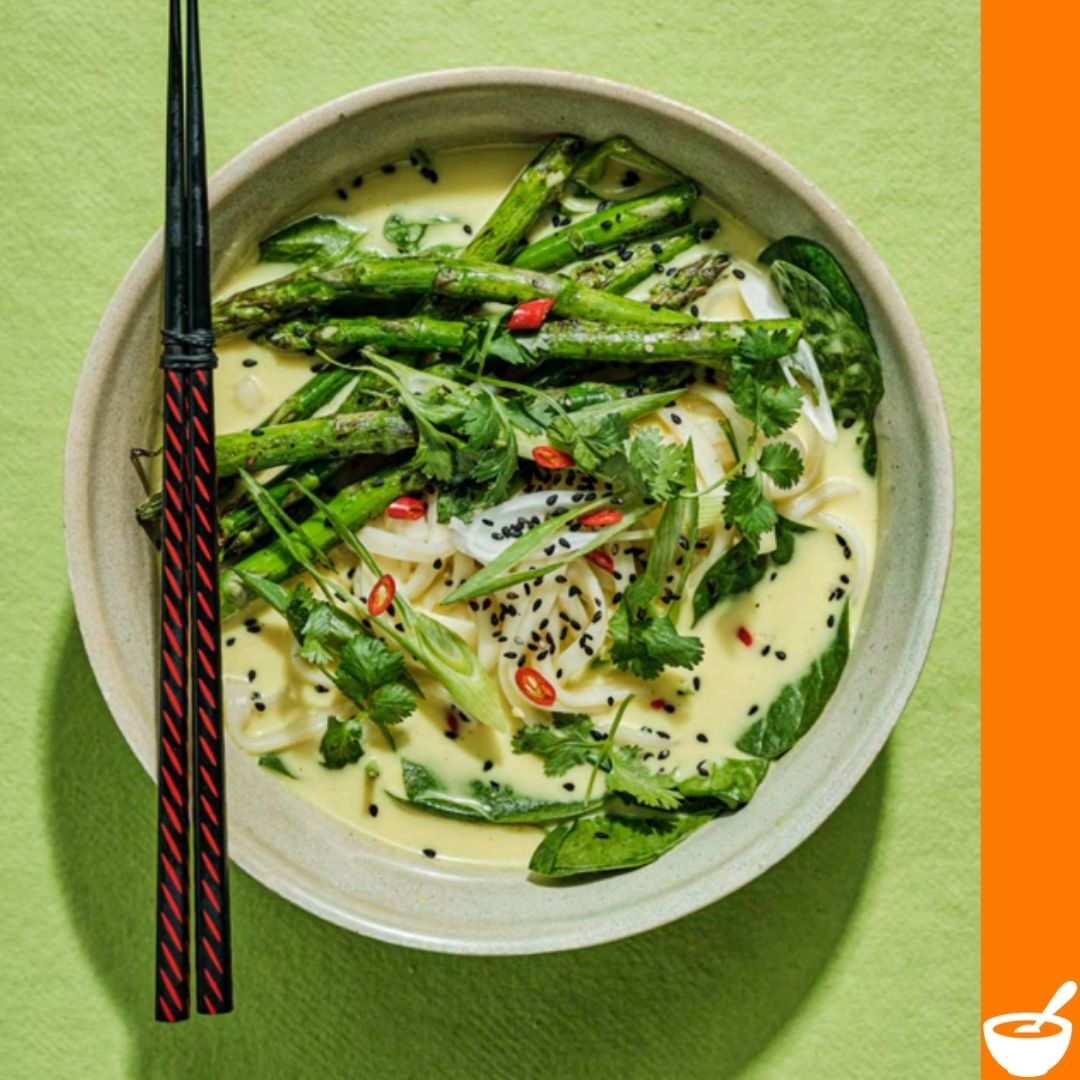
Light, bright and nourishing! This wholesome recipe was taken from The Part-Time Vegetarian’s Year by

In celebration of #VegetarianAwarenessMonth this October, we are sharing some of our most-hearted veggie friendly
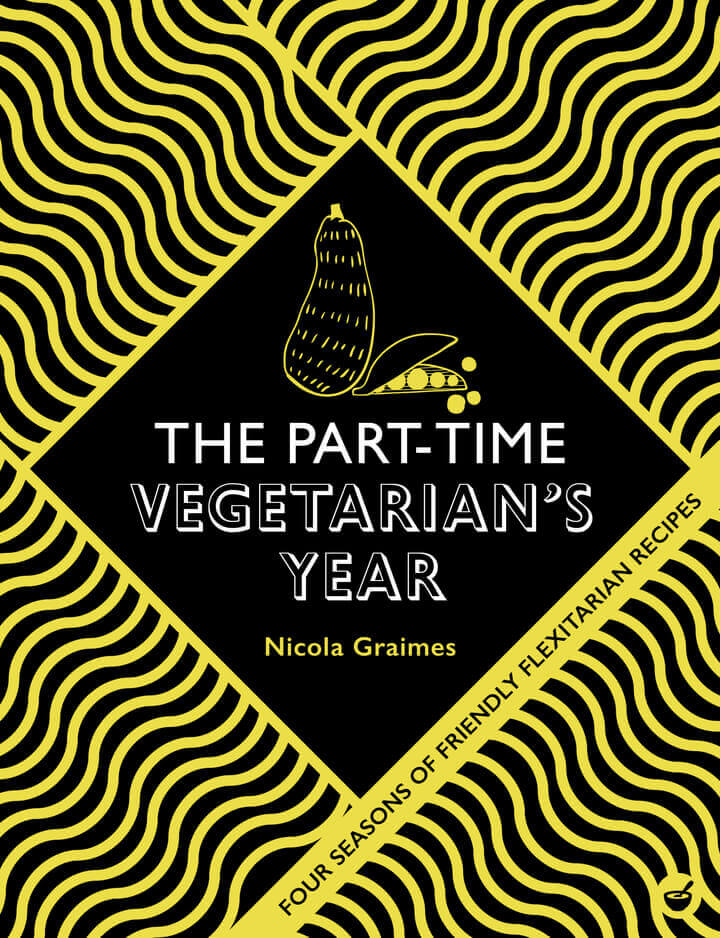
The Part-Time Vegetarian’s Year by Nicola Graimes is available to buy NOW! – How things have

This recipe is extracted from Vegetarian Food for Healthy Kids by Nicola Graimes. Savoury scones/biscuits

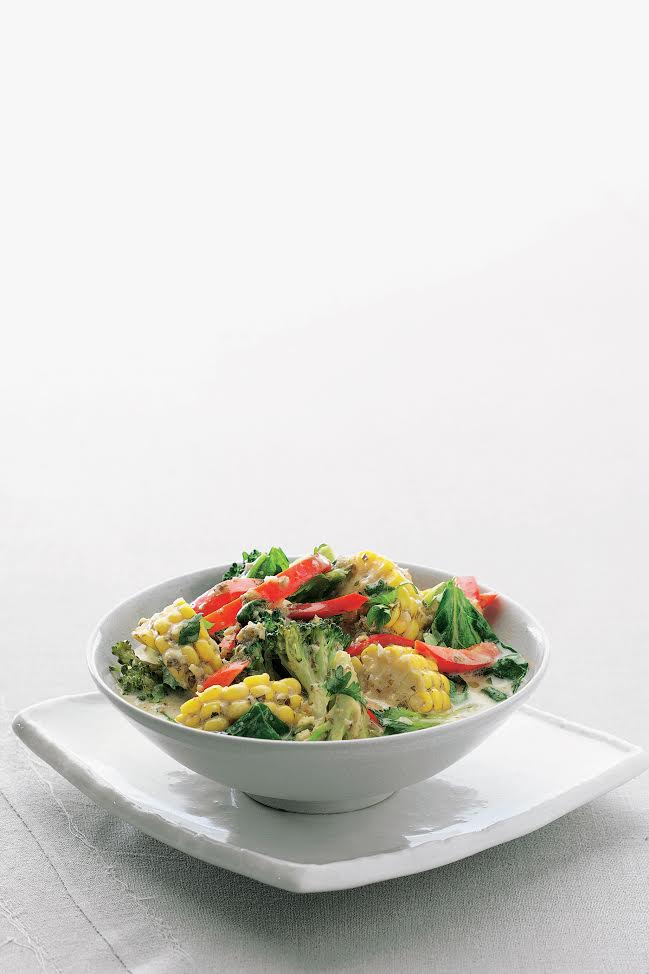
This recipe of Thai green vegetable curry comes from the book Top 100 Low-Carb Recipes
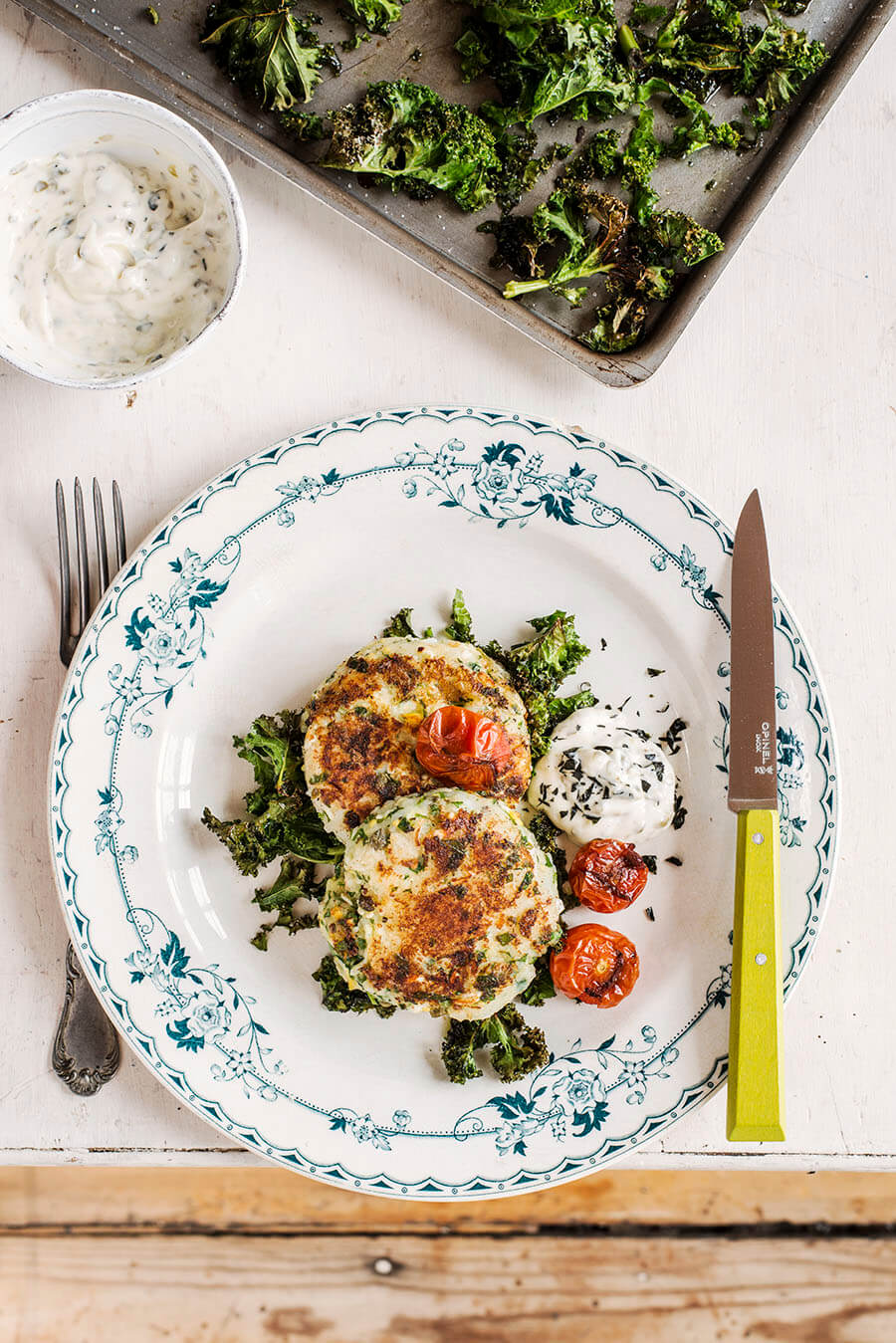
These potato cakes from Nicola Graimes’s The Part-Time Vegetarian are a great midweek supper that
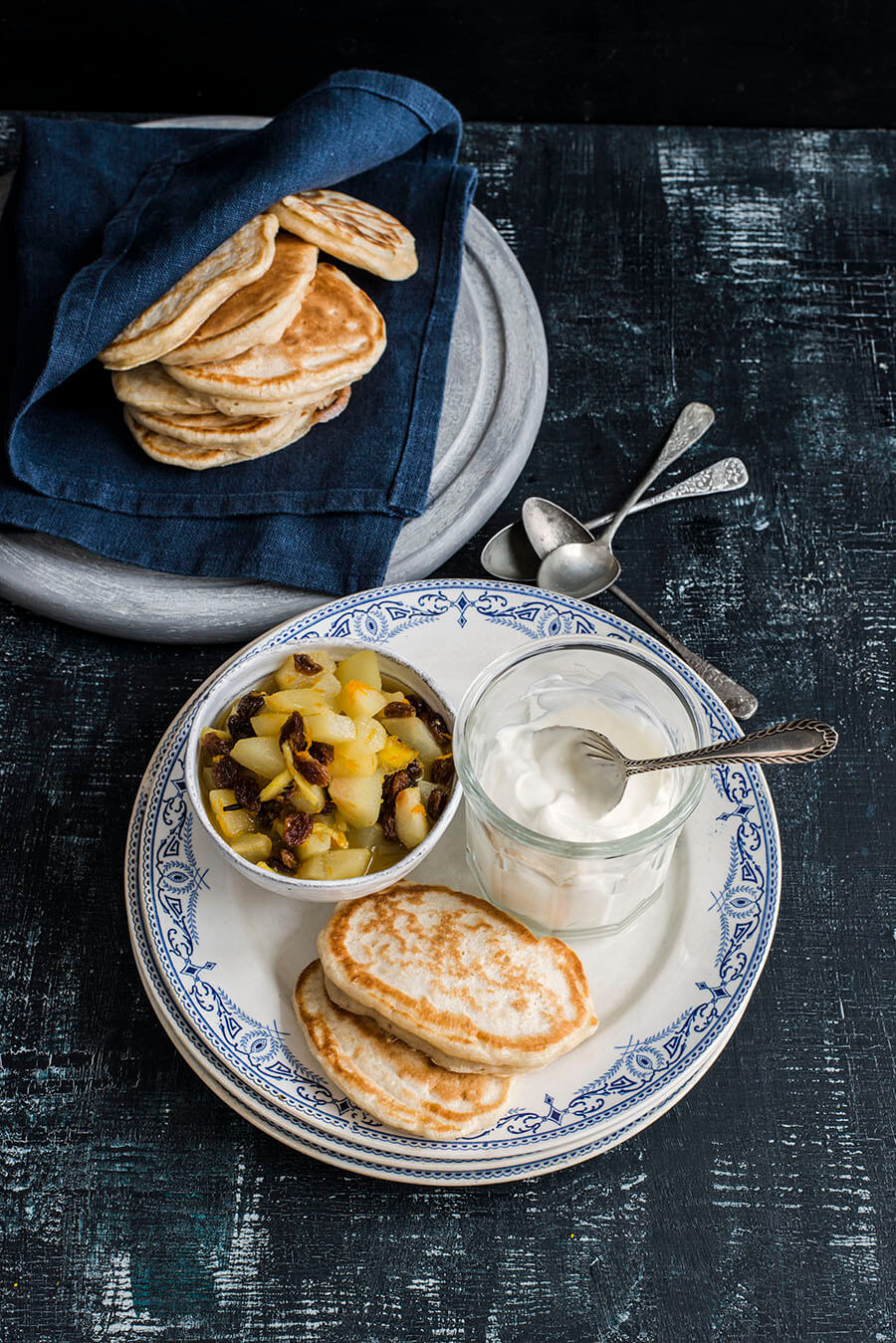
A cross between the English crumpet and American pancake, the pikelet is thought to have
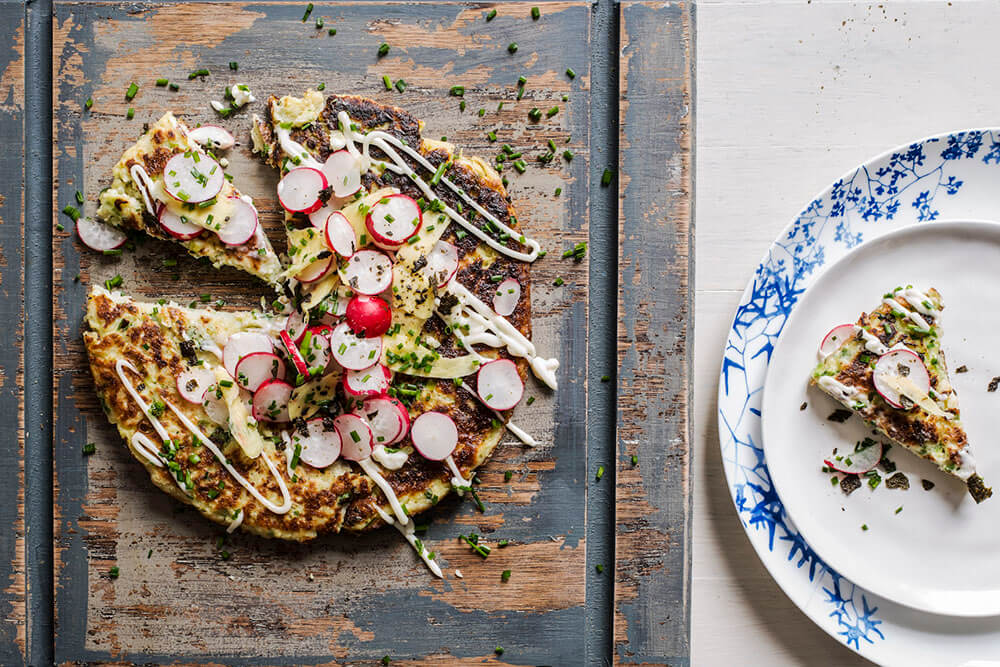
Extract from The Part-Time Vegetarian by Nicola Graimes Sometimes referred to as ‘Japanese pizza’, the

Nicola Graimes is an award-winning cookery writer and former editor of Vegetarian Living magazine. She

Watkins Media Limited
Shepperton House unit 11
89 Shepperton Road
London, England
N1 3DF

Watkins Media Limited
Shepperton House unit 11
89 Shepperton Road
London, England
N1 3DF